How to conduct a Son Cubano
$4.99
Tsetse workshop demonstrates how to conduct a Son Cubano: The classic son ensemble includes tres/guitar, bongó, claves, marímbula/botija, and maracas/guiro; a double bass and trumpet can be added (more details here).
Guitar, Tres:
The tres plays the typical Cuban ostinato figure known as “guajeo”. Its rhythmic and melodic pattern is used in many Cuban songs. Tsetse Music uses following guajeo:
Base of Son Cubano is the ostinate guitar line (normally plucked on tres*), accompanied by a bongó: both are the the most characteristic Cuban instruments and present from the start to the present day.
Double headed Bongó:
Bongoceros like Ivan Valdéz use three sounds: the clap (strong rim clap), bass (muted membran) and sound (resonating membran); base rhythm is the hammer sound (“martillo”). As bongós are the highest pitched hand drums, they are also used for elaborated solos like in this Tsetse son.
Double Bass:
After early son trios and quartets had changed to bigger “conjuntos”, more instruments have been integrated, among them the upright double bass, replacing traditional botíja or marimbula. Here Richard Burns comes in with syncopated bass work, accompanied by small percussions.
Brass, horns:
Due to the growing Cuban entertainment scene also trumpets and cornets were added – first for solos, later also for call-response patterns and refrain (“estribillo”) – the beginning of modern salsa.
Final Tune:
Properly blended and mastered this is how a Son Cubano sounds – despite all modern means of sampling and processing.
(Download includes all tracks)
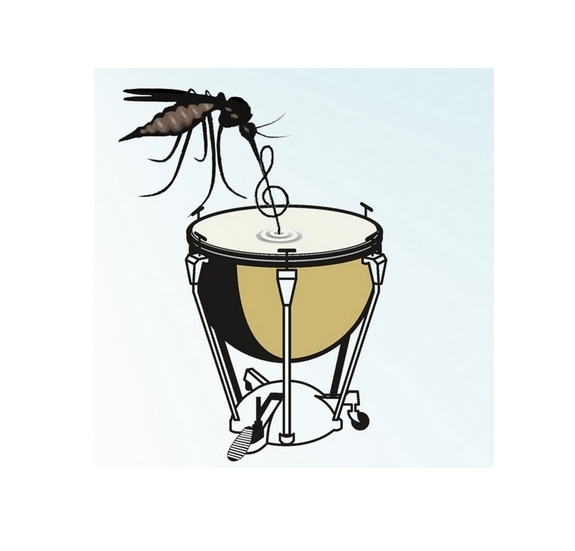
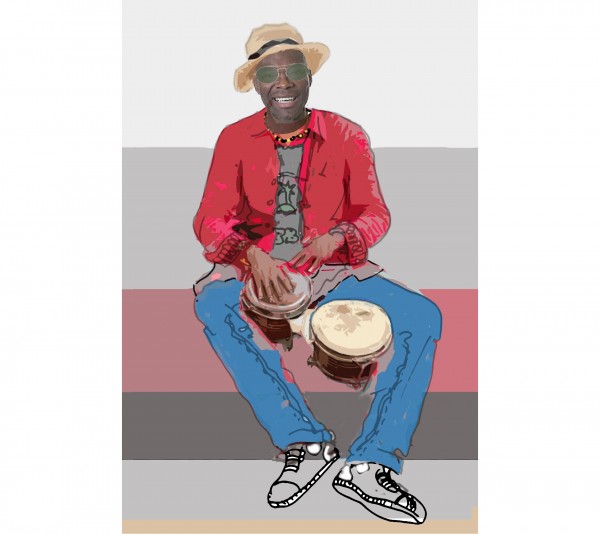

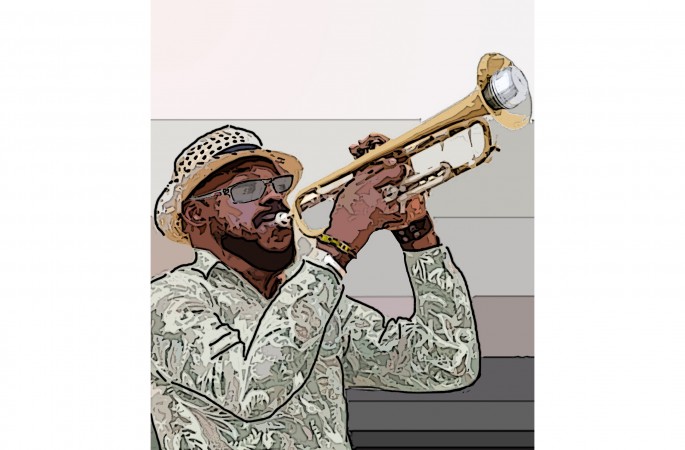
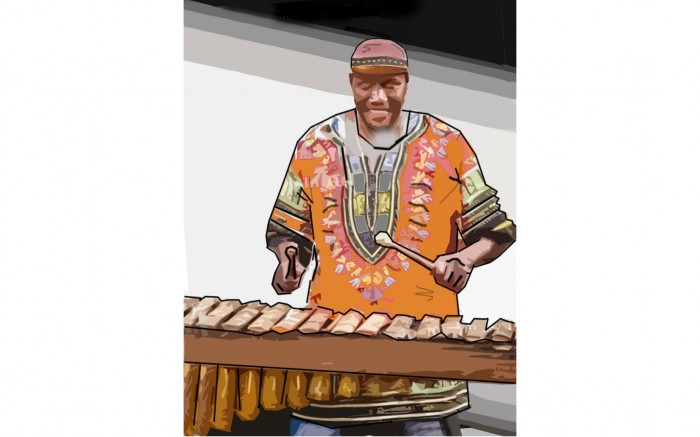
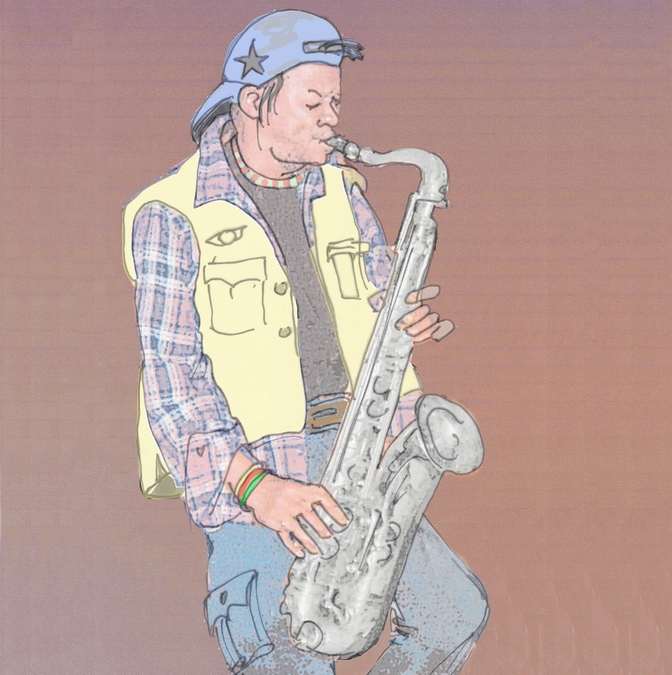
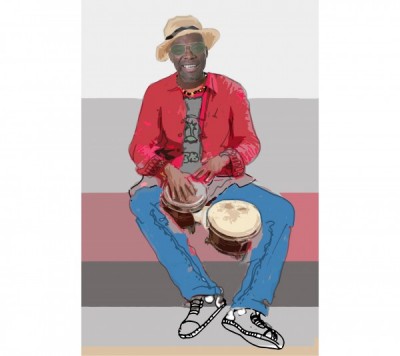

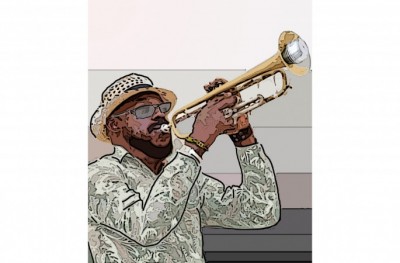
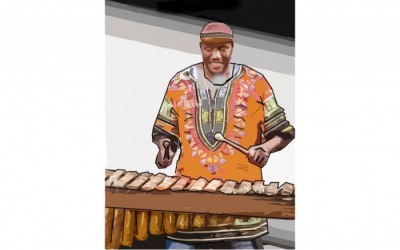
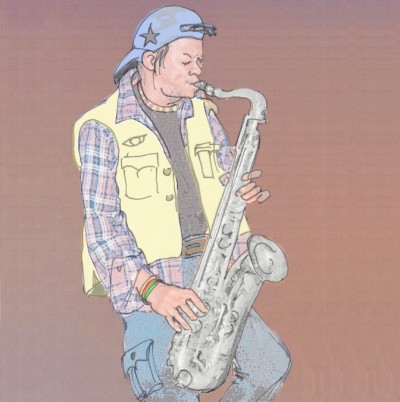
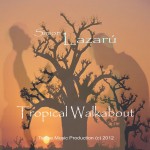

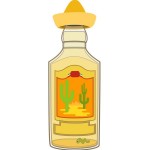
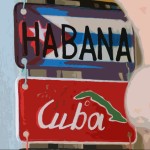
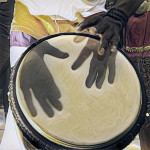
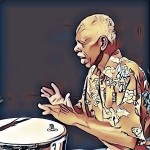
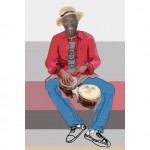
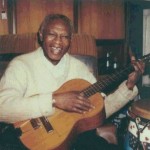
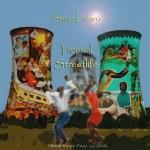
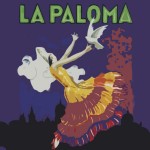
Reviews
There are no reviews yet.